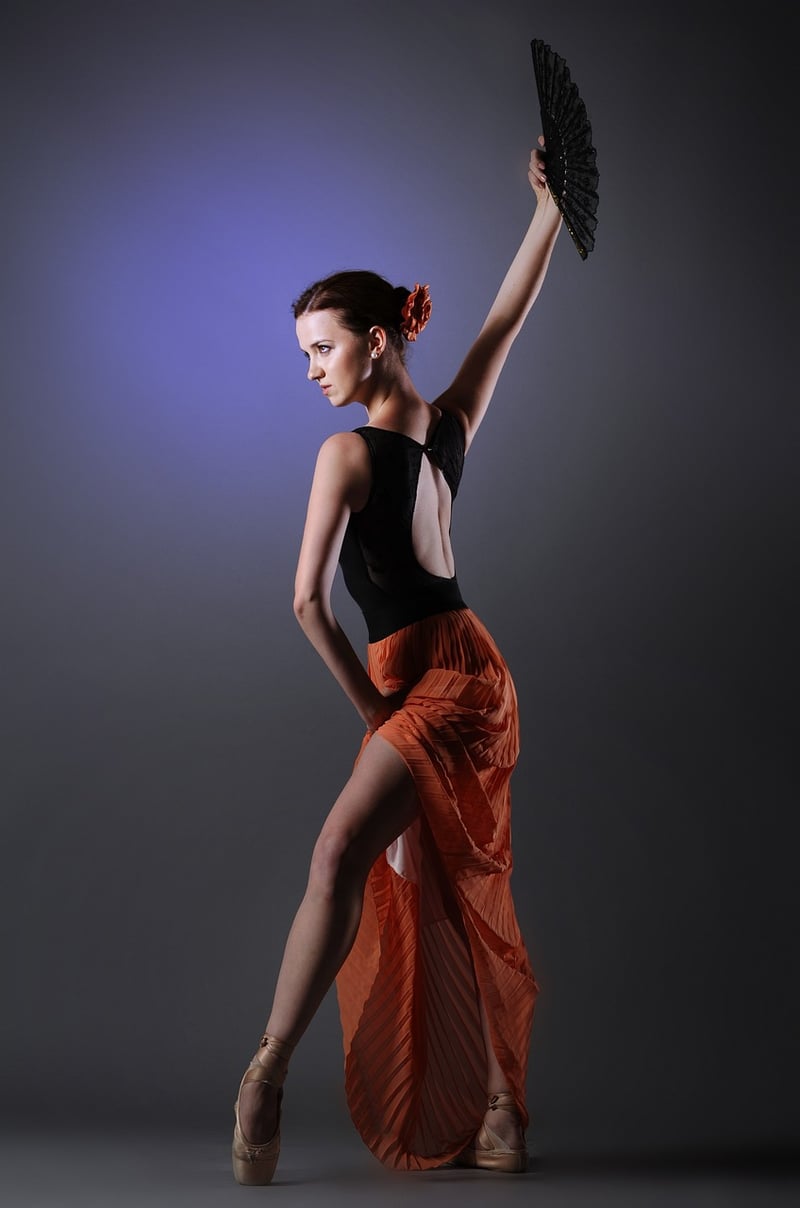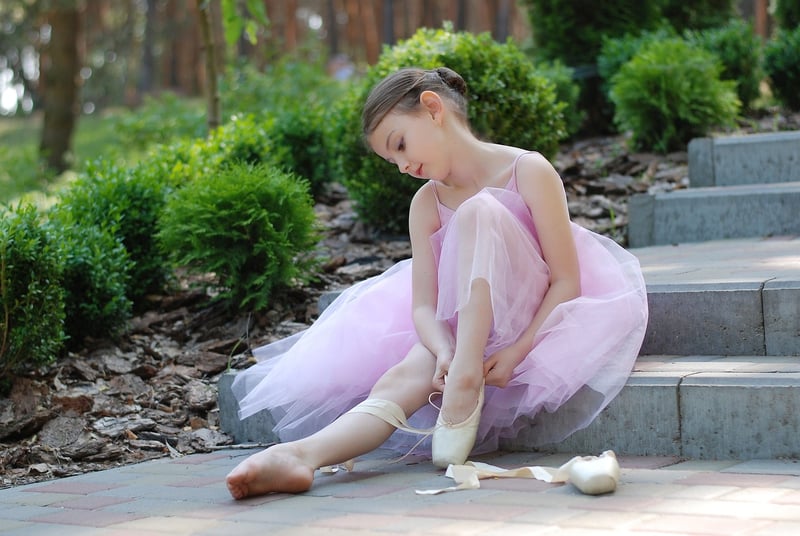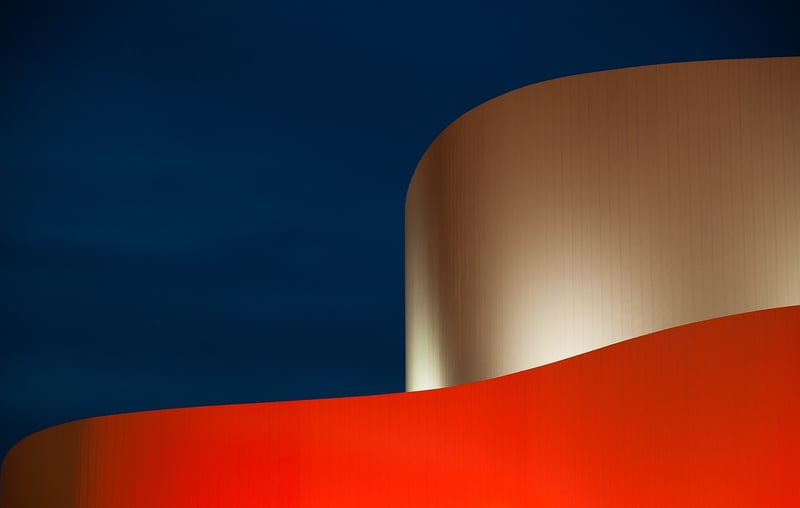Contemporary
The Power of Expressive Movement in Contemporary Art

Contemporary art is a dynamic and ever-evolving field that embraces a wide range of artistic expressions. One of the most captivating and powerful forms of expression within contemporary art is through the use of expressive movement. Artists use movement to convey emotions, ideas, and narratives in a way that transcends traditional artistic boundaries.
What is Expressive Movement?
Expressive movement in art refers to the use of the human body to communicate emotions and stories through physical gestures, poses, and choreographed sequences. It is a form of non-verbal communication that can evoke powerful responses and connections with the audience.
The Role of Expressive Movement in Contemporary Art
In contemporary art, expressive movement plays a vital role in pushing boundaries, challenging conventions, and exploring new forms of artistic expression. Artists use movement to address social issues, reflect on personal experiences, and engage viewers in a dialogue about the human condition.
Key Elements of Expressive Movement in Contemporary Art
- Emotion: Artists use movement to convey a wide range of emotions, from joy and love to anger and sadness.
- Storytelling: Expressive movement can be used to tell compelling stories and narratives without words.
- Physicality: The physicality of movement allows artists to explore the capabilities and limitations of the human body.
- Interaction: Movement can create a sense of connection and interaction between the artist, the artwork, and the audience.
Examples of Expressive Movement in Contemporary Art
Many contemporary artists incorporate expressive movement into their work in various ways. From performance art and dance to video installations and interactive experiences, movement is a versatile tool for artistic expression. Some renowned artists known for their use of expressive movement include Marina Abramović, Yayoi Kusama, and William Forsythe.

Experience Expressive Movement in Art
To truly appreciate the power of expressive movement in contemporary art, consider attending live performances, visiting art galleries, and exploring multimedia installations that incorporate movement as a central element. Engage with the artwork, allow yourself to be moved by the physical expressions, and reflect on the emotions and stories conveyed through movement.
Expressive movement in contemporary art is a captivating and immersive experience that invites viewers to engage with art on a visceral and emotional level. It challenges perceptions, stimulates the senses, and fosters a deeper connection between the artist and the audience.
